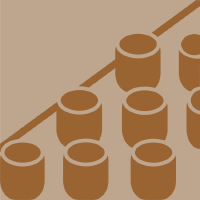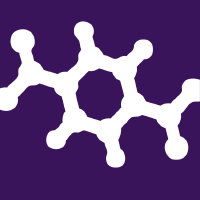Topic Menu
► Topic MenuTopic Editors


Additive Manufacturing: Design, Opportunities, and Applications
Topic Information
Dear Colleagues,
Additive manufacturing (AM), one of the nine enabling technologies of Industry 4.0, is experiencing rapid growth. Today, there are no industrial sectors that have not employed AM (e.g., aerospace, biomedical, automotive, energy, electronics, cultural heritage, contruction). Nevertheless, the implementation of AM technologies by industries is still limited compared to their intrinsic potential. The main challenges that limit the adoption of such technologies are lack of skills (need to train engineers capable of designing and managing these new technologies), sustainability of new processes (need to develop cost and environmental models capable of considering economic and environmental sustainability of AM processes and related supply chain) and design (need for innovative design paradigms and design for additive manufacturing (DfAM) software tools).
ASTM ISO/ASTM52910 offers requirements, guidelines, and recommendations for using AM in product design. However, specific methodologies and methods should be conceived to address the peculiar needs of the abovementioned industrial sectors. In recent years, DfAM software tools have advanced rapidly, allowing for the prediction and thus optimizing design for manufacturing. Simulation systems are increasingly supporting designers and production technologists in identifying problems before 3D printing. Nevertheless, designers are still not fully supported by adequate, easy-to-use, and integrated DfAM tools. DfAM methods and tools continuously evolve to manage new production technologies and materials and support design engineers adopting AM.
Future trends that this topic shall address are:
- Methodologies to support designers in disruptive/innovative rather than incremental design;
- AM for improving environmental sustainability; methods to evaluate environmental sustainability for multicriteria decision making, product remanufacturing, etc.;
- Adoption of life cycle costing and assessment approaches to evaluate the sustainability of AM;
- Extension of and updates to DfAM rules related to the emerging manufacturing technologies and innovative materials;
- Characterization of complex lattice structures;
- Improvements to simulation software tools for accurately predicting product performances;
- Software tools to manage multiple materials, metamaterial design, multiple function design, and multiscalel
- Knowledge-based 3D CAD systems to automatically model optimized AM shapes;
- Increased adoption of AM and definition of DfAM rules for thermofluid, optical, and electronic applications.
Dr. Marco Mandolini
Dr. Paolo Cicconi
Topic Editors
Participating Journals
| Journal Name | Impact Factor | CiteScore | Launched Year | First Decision (median) | APC |
|---|---|---|---|---|---|

Applied Sciences
|
2.7 | 4.5 | 2011 | 16.9 Days | CHF 2400 |

Journal of Manufacturing and Materials Processing
|
3.2 | 5.5 | 2017 | 14.2 Days | CHF 1800 |

Materials
|
3.4 | 5.2 | 2008 | 13.9 Days | CHF 2600 |

Metals
|
2.9 | 4.4 | 2011 | 15 Days | CHF 2600 |

Polymers
|
5.0 | 6.6 | 2009 | 13.7 Days | CHF 2700 |

MDPI Topics is cooperating with Preprints.org and has built a direct connection between MDPI journals and Preprints.org. Authors are encouraged to enjoy the benefits by posting a preprint at Preprints.org prior to publication:
- Immediately share your ideas ahead of publication and establish your research priority;
- Protect your idea from being stolen with this time-stamped preprint article;
- Enhance the exposure and impact of your research;
- Receive feedback from your peers in advance;
- Have it indexed in Web of Science (Preprint Citation Index), Google Scholar, Crossref, SHARE, PrePubMed, Scilit and Europe PMC.

